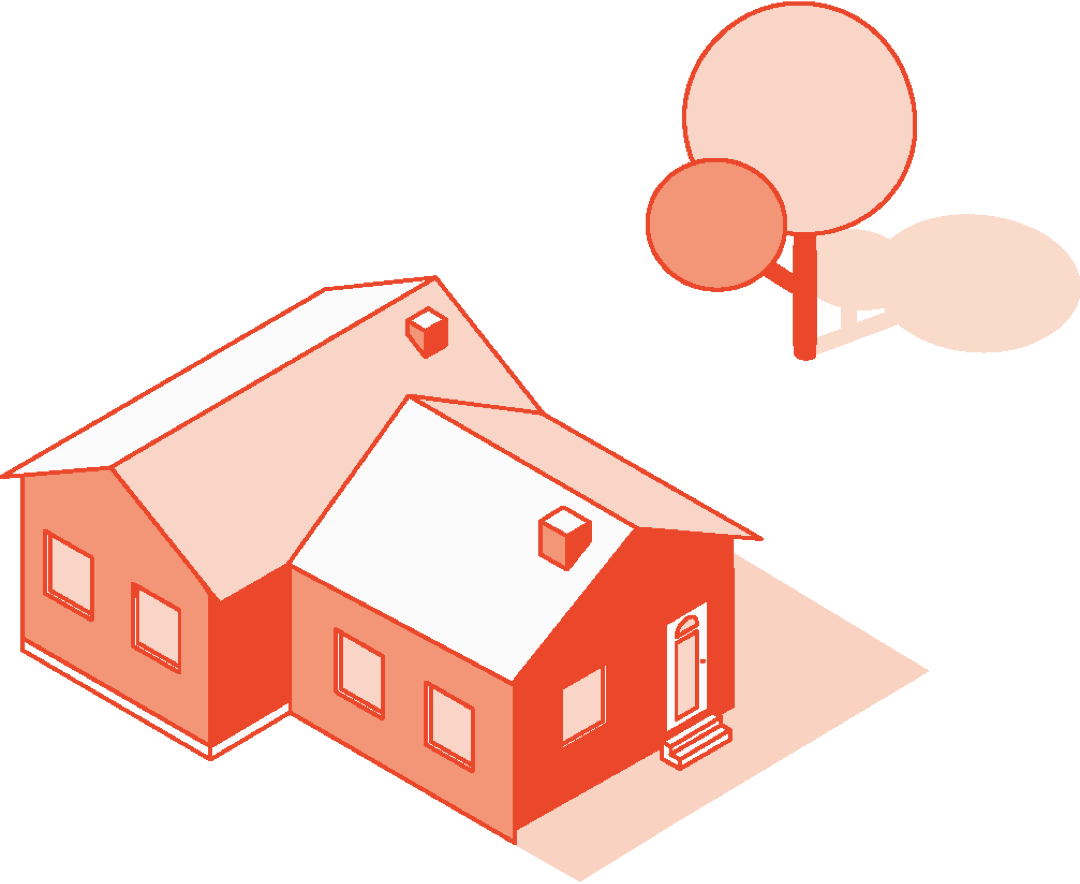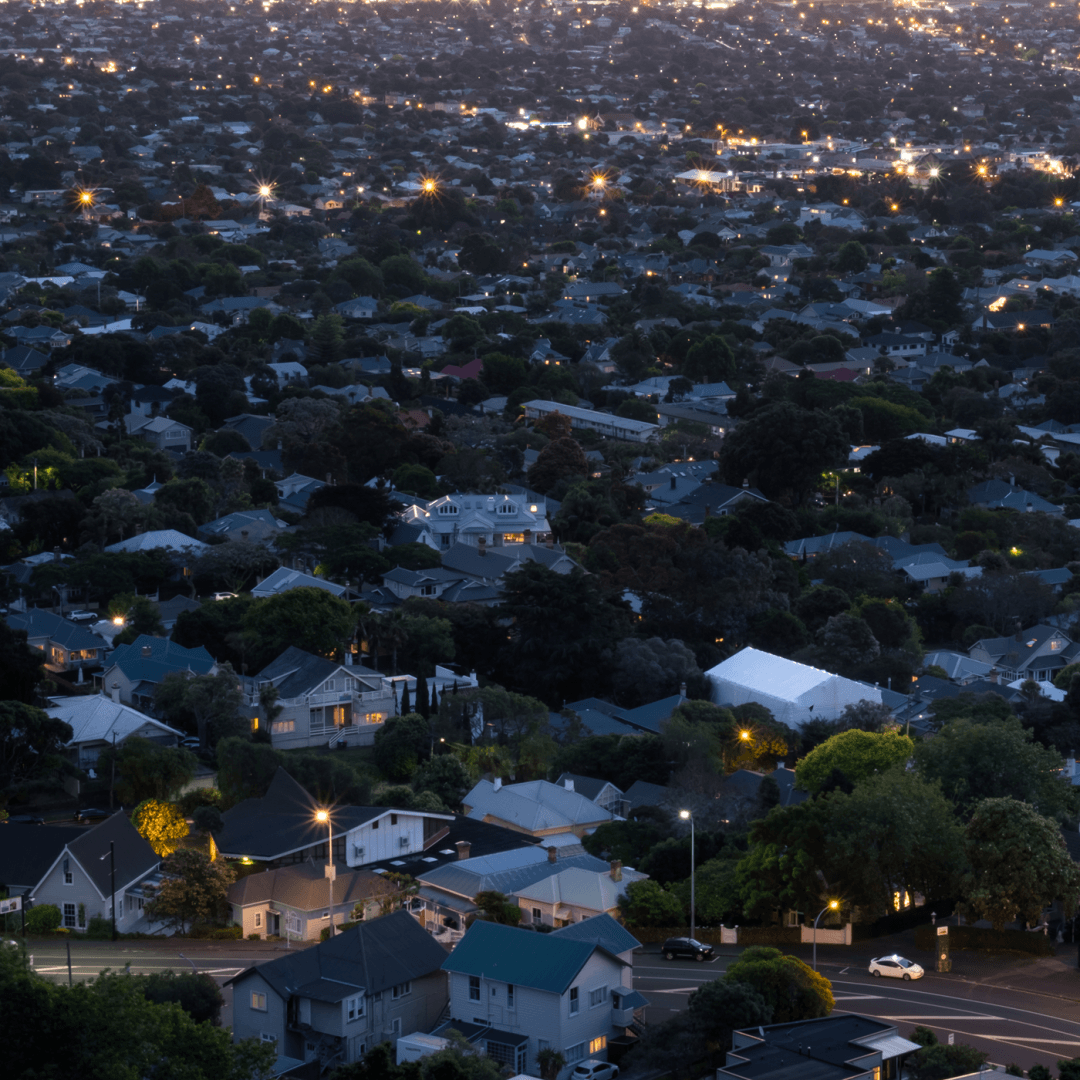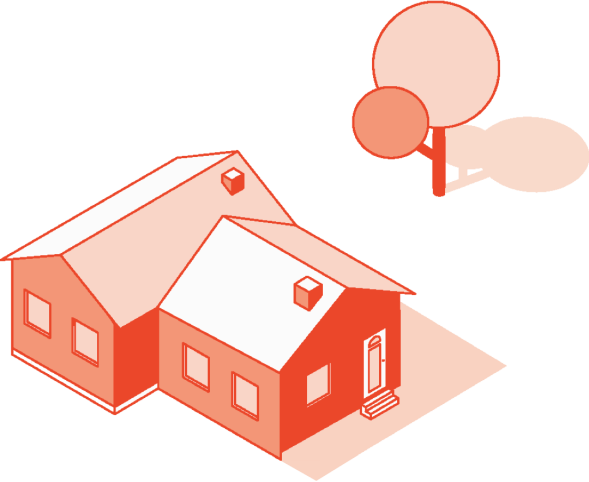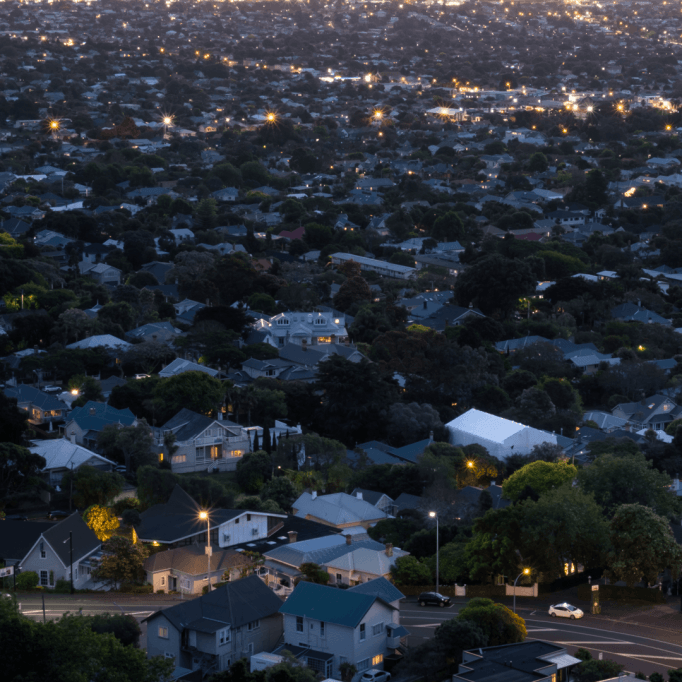“We have the ability to either lock people into car dependency
or make it easy for them to travel
by foot, cycle or public transport.”


FULL INSIGHTS
This is a condensed version of our insights. Download the full version with additional research and materials.
Download


Technical Director – Transport
Risto Jounila joined WSP’s Auckland transport planning team from Helsinki, Finland, where he was Director of Transport for WSP, and was regularly involved in multi-disciplinary, urban integrated transport projects. He’s passionate about projects that are sustainable and good for the humans, families, communities and businesses that connect in a vibrant and well-functioning city.
Risto Jounila


Back to main

The research found that people can walk either to get somewhere or for leisure and a neighbourhood should cater for both. Neighbourhoods that encourage walking for transport need a destination – shops, restaurants, services such as hairdressers, cinemas, event centres, gyms, parks and public transport to other areas – while those who walk for leisure need things to look at, walking trails and shelter from elements.
Regardless, all pedestrians should feel secure. For older adults this includes things like traffic lights that give ample time to cross, high quality pavements and benches to stop and rest.
Who’s doing it?
- The Greater Sydney Region Plan: A Metropolis of Three Cities defines three CBDs and 40 other strategic centres. Its vision is a city where most people live within 30 minutes of their jobs, schools, health facilities, other services and leisure destinations. Aligning cycleways with this strategic vision can start by focusing on potential cycling commutes within 30-minutes of major employment centres.
- The Scottish Government has included 20 minutes neighbourhoods as part of its COVID-19 recovery plan.
- My colleagues in Finland have been part of bringing the Kera Co-Op city to life, with a winning entry for the Nordic Build Cities Challenge.
- In Melbourne, the concept of 20-minute neighbourhoods has been adopted as part of the 2017 to 2050 plan.
- Portland, Oregon has set an objective for 2030 calling for vibrant neighborhoods in which 90% of Portland residents can easily walk or bicycle to meet all basic daily, non-work needs.
- The Welsh Government has an ambition for around 30% of the working population working from or near home, and is exploring a network of community-based remote working hubs.


(and other benefits)
Getting to zero
From a carbon emissions view, we know that households living a conventional low-density, drivable, suburban lifestyle have a higher energy consumption and GHG emissions. According to UC Berkeley research the average carbon footprint of households living in the centre of large, population-dense urban cities is about 50% below average, while households in distant suburbs are up to twice the average: a four-fold difference between lowest- and highest-emissions locations.
Meanwhile, researchers at the University of Kansas have found that neighborhoods that motivate walking can stave off cognitive decline in older adults.
Opportunities for change
We need to change the current urban form in Auckland. Currently it’s too sprawled and, despite an increase in brownfield development there are still substantial planned greenfield developments on the outskirts. Widening existing transport corridors, or adding new roads, isn’t the answer, as this promotes private car use.

In fact, our focus needs to be quite opposite. The city should grow “inside” and increase its central “weight” though densification. And with that I don’t mean new building high-rise blocks which, unless done very well, can be soulless rabbit warrens. The aim should be more human size, appropriate-for-NZ-densification, which needs to be carefully planned.
This could mean that traditionally lower-socioeconomic areas are prioritised for infrastructure investments and urban densification, which would lift productivity higher and provide equal opportunities for all.
By: Risto Jounila
Earlier this year Hamilton submitted a 20 minute city project in response to the Government’s call for shovel-ready infrastructure projects. If implemented, the 20 minute city concept would put Hamilton at the cutting edge of global research into holistic city planning, providing a living laboratory for social improvement through integration of urban design, environmental sustainability and ‘people-first’ infrastructure. If you haven’t delved into Iain White’s work on this I can highly recommend this as a read.
Whether the goal is a 20-minute city or the recently published 15-minute neighbourhood (in Paris, France), the principle is the same: we give people the ability to meet most of their daily needs within a 20 minute walk from home and reduce their need for a private vehicle.
We know that the design and location of where people live, work and play has a large influence on where they travel. Funders, decision-makers, designers and planners have the ability to either lock people into car dependency or make it easy for them to travel by foot, cycle or public transport.
A key way to bring the low-traffic neighbourhoods, outlined in The Shared Path research report, to life is by planning the 30-minute city. Risto Jounila, WSP Technical Director – Transport, explores how this can be achieved.
Back to main

Back to top

PART 6
Walkable cities:
the rise of
the 20-min neighbourhood


Back to main



Technical Director – Transport
Risto Jounila joined WSP’s Auckland transport planning team from Helsinki, Finland, where he was Director of Transport for WSP, and was regularly involved in multi-disciplinary, urban integrated transport projects. He’s passionate about projects that are sustainable and good for the humans, families, communities and businesses that connect in a vibrant and well-functioning city.
Risto Jounila

FULL INSIGHTS
This is a condensed version of our insights. Download the full version with additional research and materials.
Download
The research found that people can walk either to get somewhere or for leisure and a neighbourhood should cater for both. Neighbourhoods that encourage walking for transport need a destination – shops, restaurants, services such as hairdressers, cinemas, event centres, gyms, parks and public transport to other areas – while those who walk for leisure need things to look at, walking trails and shelter from elements.
Regardless, all pedestrians should feel secure. For older adults this includes things like traffic lights that give ample time to cross, high quality pavements and benches to stop and rest.
- The Greater Sydney Region Plan: A Metropolis of Three Cities defines three CBDs and 40 other strategic centres. Its vision is a city where most people live within 30 minutes of their jobs, schools, health facilities, other services and leisure destinations. Aligning cycleways with this strategic vision can start by focusing on potential cycling commutes within 30-minutes of major employment centres.
- The Scottish Government has included 20 minutes neighbourhoods as part of its COVID-19 recovery plan.
- My colleagues in Finland have been part of bringing the Kera Co-Op city to life, with a winning entry for the Nordic Build Cities Challenge.
- In Melbourne, the concept of 20-minute neighbourhoods has been adopted as part of the 2017 to 2050 plan.
- Portland, Oregon has set an objective for 2030 calling for vibrant neighborhoods in which 90% of Portland residents can easily walk or bicycle to meet all basic daily, non-work needs.
- The Welsh Government has an ambition for around 30% of the working population working from or near home, and is exploring a network of community-based remote working hubs.
Who’s doing it?
(and other benefits)
Getting to zero
From a carbon emissions view, we know that households living a conventional low-density, drivable, suburban lifestyle have a higher energy consumption and GHG emissions. According to UC Berkeley research the average carbon footprint of households living in the centre of large, population-dense urban cities is about 50% below average, while households in distant suburbs are up to twice the average: a four-fold difference between lowest- and highest-emissions locations.
Meanwhile, researchers at the University of Kansas have found that neighborhoods that motivate walking can stave off cognitive decline in older adults.

In fact, our focus needs to be quite opposite. The city should grow “inside” and increase its central “weight” though densification. And with that I don’t mean new building high-rise blocks which, unless done very well, can be soulless rabbit warrens. The aim should be more human size, appropriate-for-NZ-densification, which needs to be carefully planned.
This could mean that traditionally lower-socioeconomic areas are prioritised for infrastructure investments and urban densification, which would lift productivity higher and provide equal opportunities for all.
Opportunities for change
We need to change the current urban form in Auckland. Currently it’s too sprawled and, despite an increase in brownfield development there are still substantial planned greenfield developments on the outskirts. Widening existing transport corridors, or adding new roads, isn’t the answer, as this promotes private car use.

Earlier this year Hamilton submitted a 20 minute city project in response to the Government’s call for shovel-ready infrastructure projects. If implemented, the 20 minute city concept would put Hamilton at the cutting edge of global research into holistic city planning, providing a living laboratory for social improvement through integration of urban design, environmental sustainability and ‘people-first’ infrastructure. If you haven’t delved into Iain White’s work on this I can highly recommend this as a read.
“We have the ability to either lock people into car dependency
or make it easy for them to travel
by foot, cycle or public transport.”


Whether the goal is a 20-minute city or the recently published 15-minute neighbourhood (in Paris, France), the principle is the same: we give people the ability to meet most of their daily needs within a 20 minute walk from home and reduce their need for a private vehicle.
We know that the design and location of where people live, work and play has a large influence on where they travel. Funders, decision-makers, designers and planners have the ability to either lock people into car dependency or make it easy for them to travel by foot, cycle or public transport.
By: Risto Jounila
A key way to bring the low-traffic neighbourhoods, outlined in The Shared Path research report, to life is by planning the 30-minute city. Risto Jounila, WSP Technical Director – Transport, explores how this can be achieved.
Walkable cities:
the rise of
the 20-min neighbour-hood
PART 6
